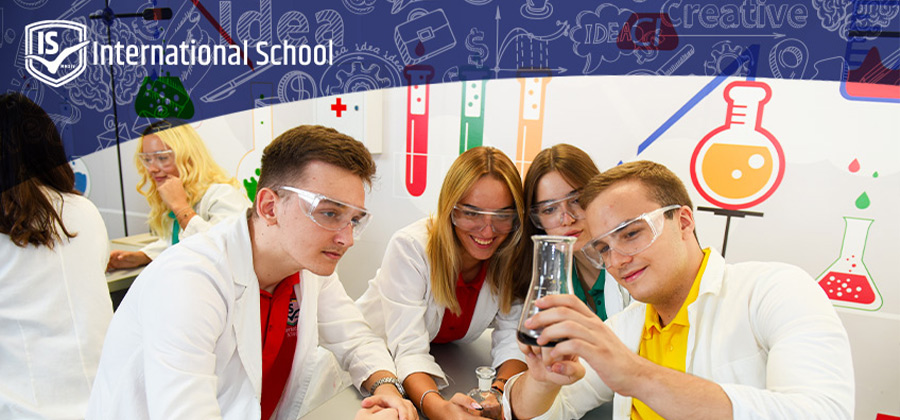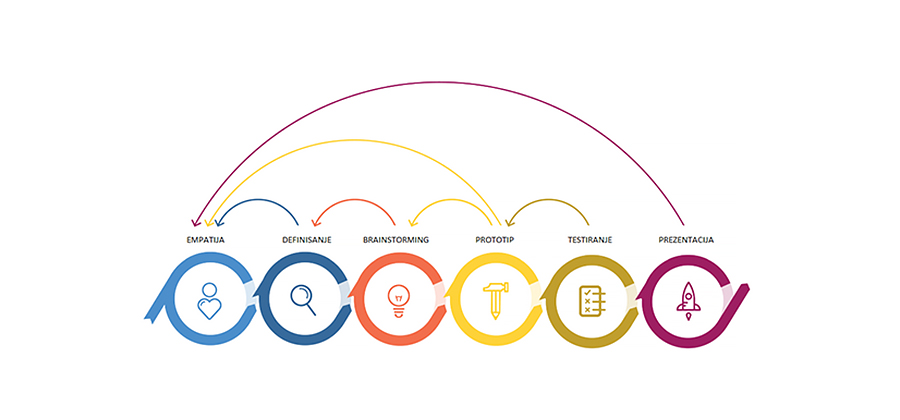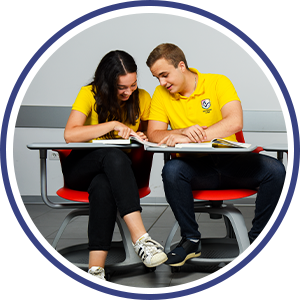International School has integrated a Design Thinking and Problem Solving approach into its education process thanks to which students will acquire skills, abilities and self-confidence needed to live and work in the dynamic world of the future. This approach involves techniques of rational and intuitive thinking based on finding innovative solutions for various problems in a creative process that requires participants to find solutions together, identifying problems through several key stages.
Design Thinking and Problem Solving meet the demands of the digital age in the best way possible. This is why this advanced approach has a special place in education. Thanks to it, students acquire skills, abilities and self-confidence needed to live and work in the dynamic world of the future.











